Flight 19 The Lost Squadron 75th Anniversary Tribute: Avenger TBM-1C 1/48, Italeri (Accurate Miniatures)
As has been well reported for many years, the Accurate Miniatures sprues reboxed by Italeri make up into a sometimes complex, but brilliantly engineered kit of the TBM-1C Avenger in 1/48. During this build I used Eduard canopy masks, photo-etch and belts. Mr Paint lacquers and Tamiya pastels and AK pencils were used to reproduce the standard all-blue scheme of the time. Decals were by SuperScale (the set includes markings for each Avenger of Flt-19). I added some figures and tow tractor from the Tamiya pilots set; a resin figure by Aerobonus, and a (not entirely accurate) Zoukei Mura base.
Much has been written about the loss of both Flight 19 on the 5th of December 1945, and the Mariner that went to search for those 5 lost Avengers and their young crewmen. My information as I researched this project came from a number of internet sources including the magnificent Naval Air Station Fort Lauderdale Museum website.
I also kept returning to Steve MacGregor’s book ’The Real Story of Flight 19’, because it contained detailed transcriptions of the radio conversations between the lost Avengers, Fort Lauderdale Operations and Port Everglades Air-Sea Rescue Unit 4. It seems to be a well-researched, realistic and succinct account with some great pictures. It will add just enough detail for those who know the basics of the history of the loss of these cadets and their instructor.
FT-3, the aircraft I have attempted to depict, a General Motors built TBM1-C Avenger, BuNo 45714, was crewed by:
Pilot: Ensign Joseph T Bossi, USNR (Arkansas City, Kansas).
Gunner: Hermann A. Thelander, S1c, USNR (Kinbrae, Minnesota)
Radioman: Burt E Baluk Jr, S1c, USNR (Bloomfield, New Jersey)
Aged 20, 19 and 19 respectively they represented the youngest crew on ‘average’ of Flt-19.
In a very simple vignette I have tried to set the scene before the delayed take-off as the crew study ‘Navigation Problem Number 1’, a standard ‘Dead Reckoning’ test for cadets, who were required to navigate out of sight of land, and carry out a glide-bombing run over a small group of Islands called Hen and Chicken Shoals. In keeping with this narrative, I have put ‘dummy’ bombs into the bays of the aircraft (these types were recovered and reused).
The radio transcripts detailed in MacGregor’s book and elsewhere make difficult reading, but even in grave danger Flt-19 chose to stay together, and although there is no absolute certainty around what happened after the last clear radio signal from the lost airmen, to who we pay tribute here, it is widely accepted that fuel ran low and they decided to ditch.
“All planes close up tight…we’ll have to ditch unless landfall…when the first plane drops below 10 gallons, we all go down together.”
I’d like to thank David Leigh-Smith for inviting me to be part of this project and wish him Godspeed on his own current journey. Stay safe and happy Hogmanay when it comes DLS – out with the old.
As the only Brit left as we hit the deadline (one year later than planned), I’d like to thank the estimable US section for all of their guidance, encouragement and enduring friendship while building a plane that I knew next to nothing about at the start of the venture, and as we navigated a tricky couple of years ourselves.
Tom Bebout (FT-36 and FT-117, for DLS)
Louis Gardner (FT-81)
Gary Sausmikat (Mariner)
Chuck Villanueva (FT-28)

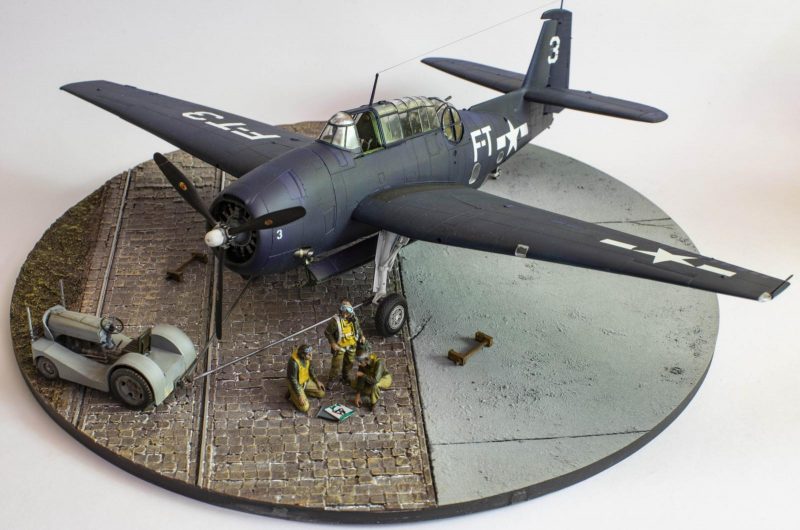
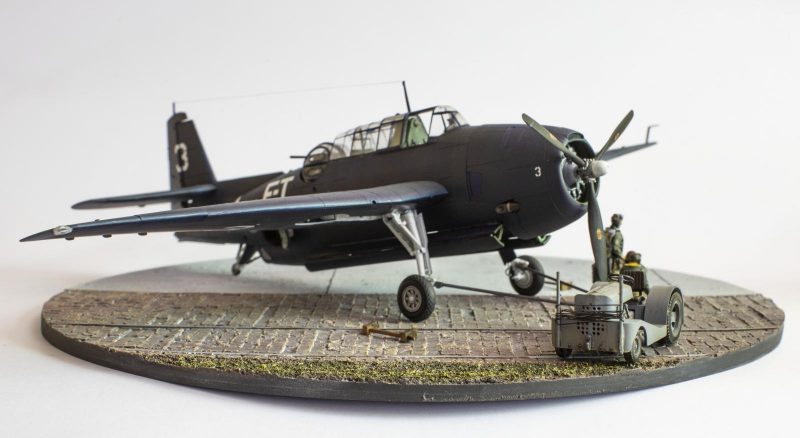
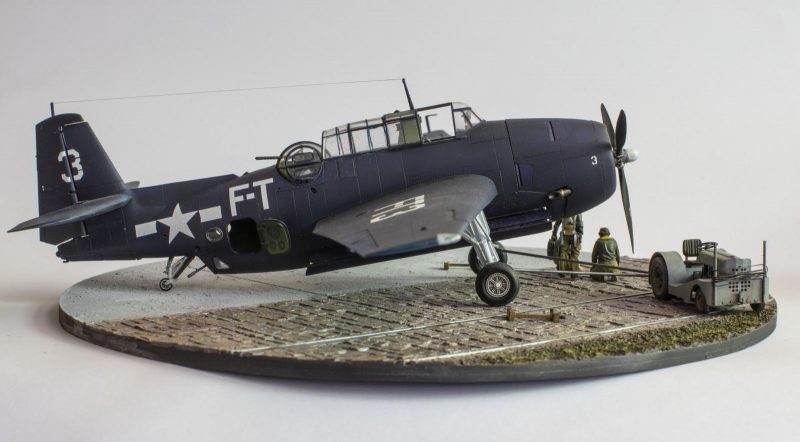
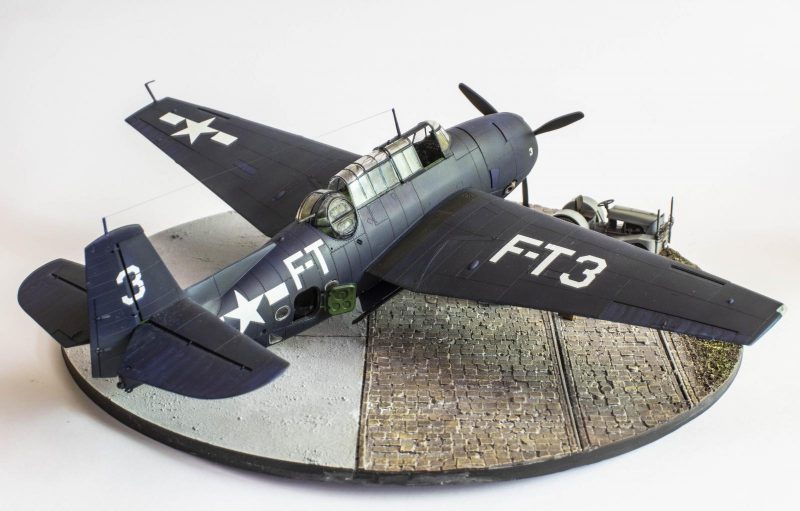

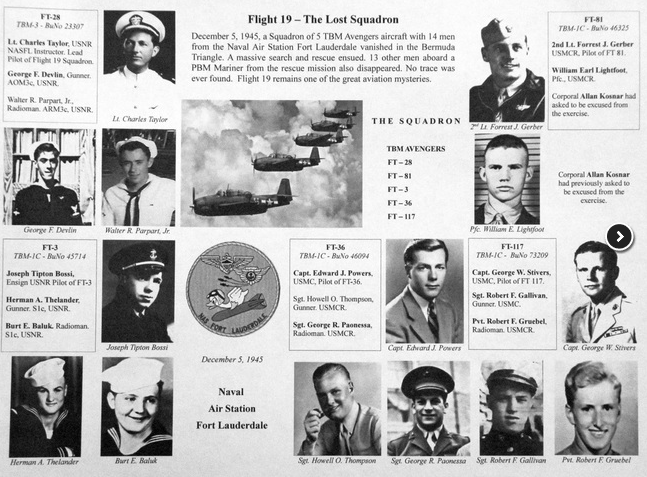
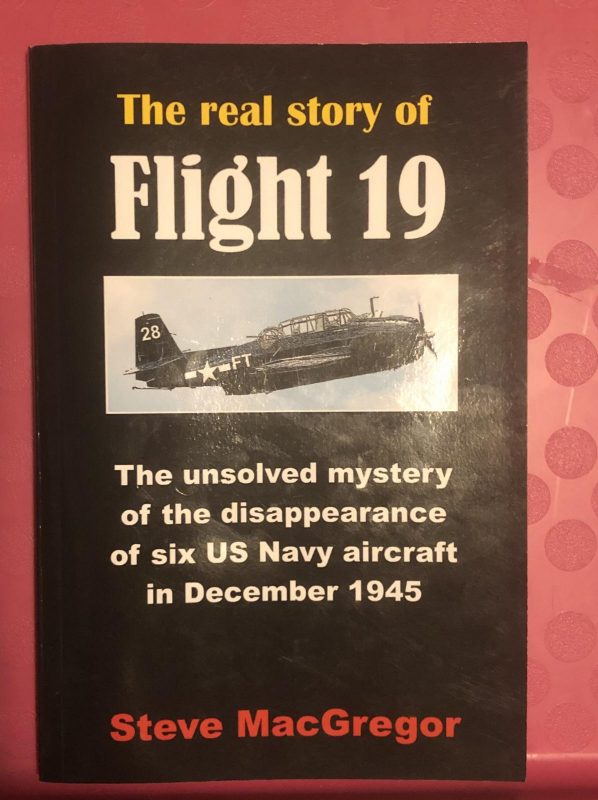
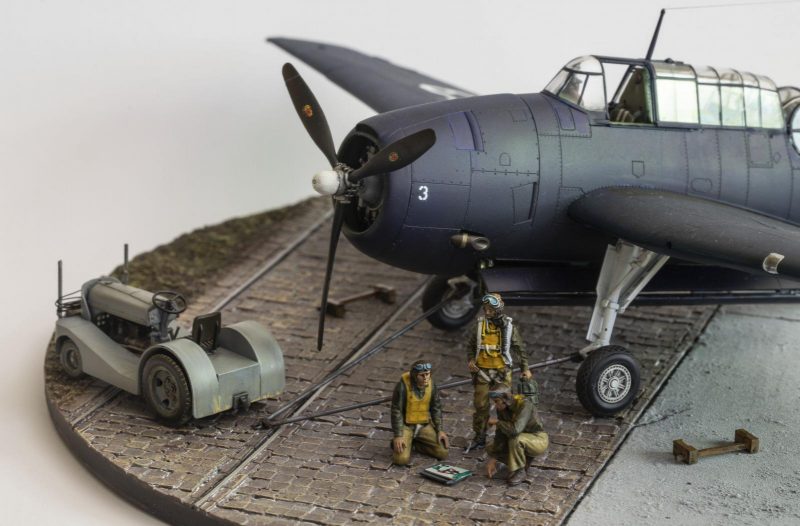
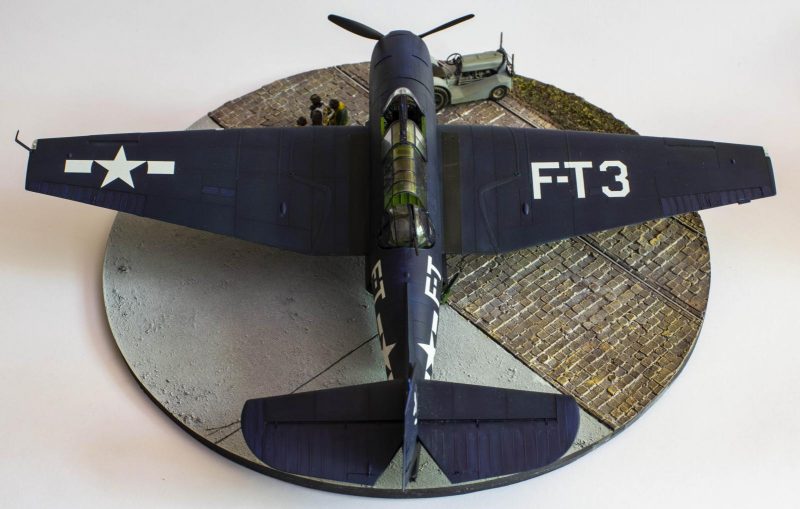
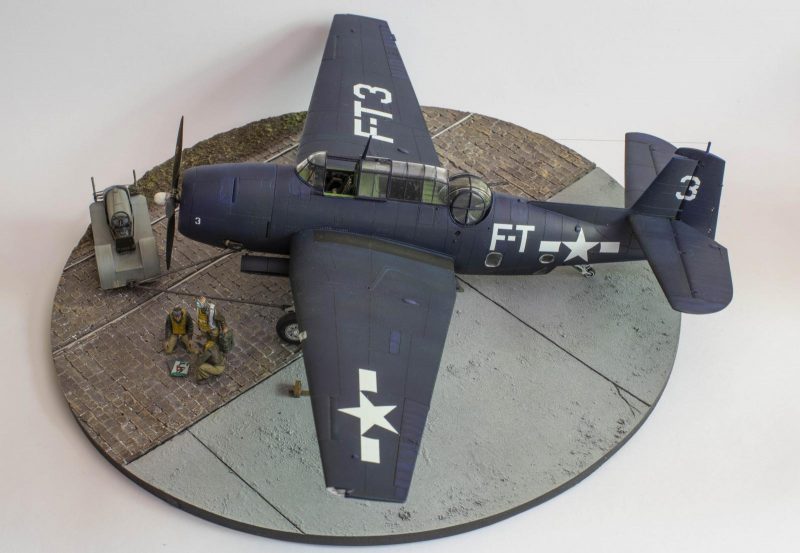

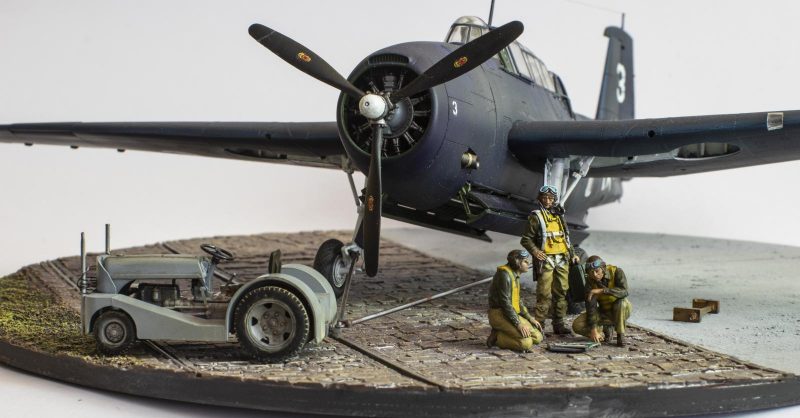
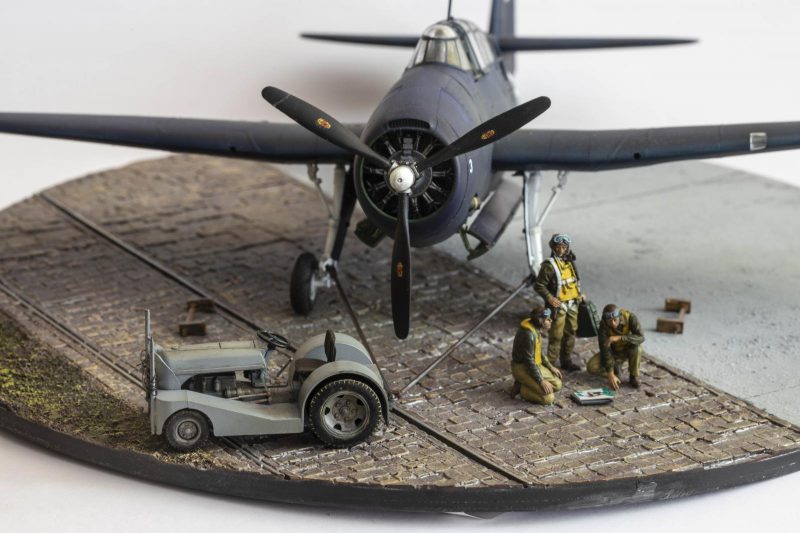
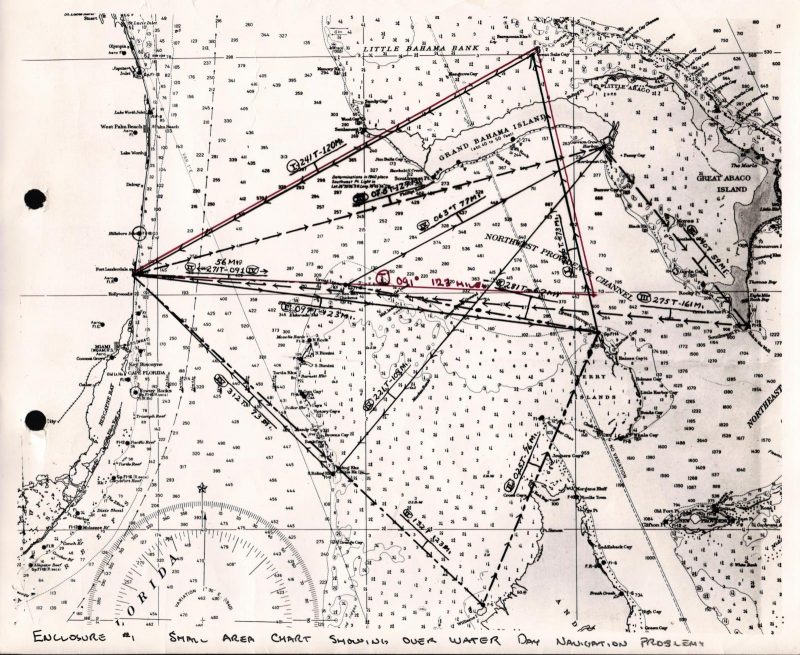
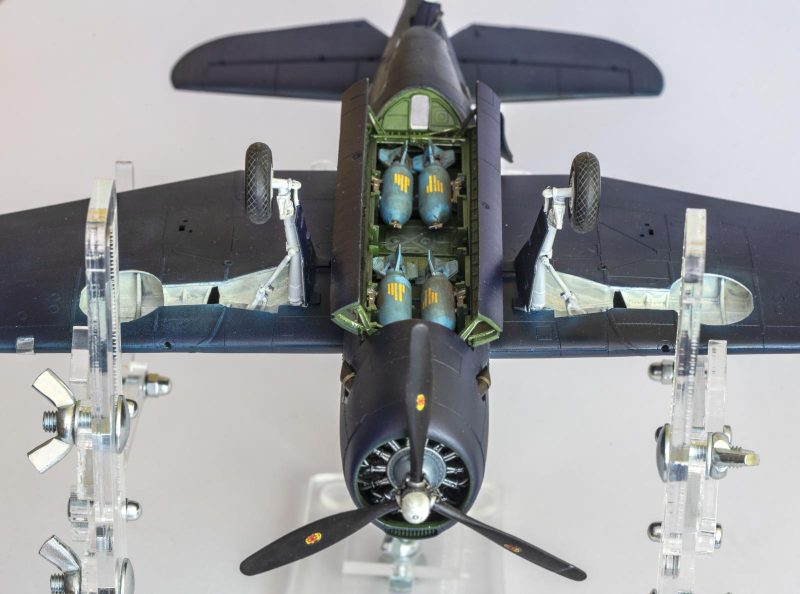
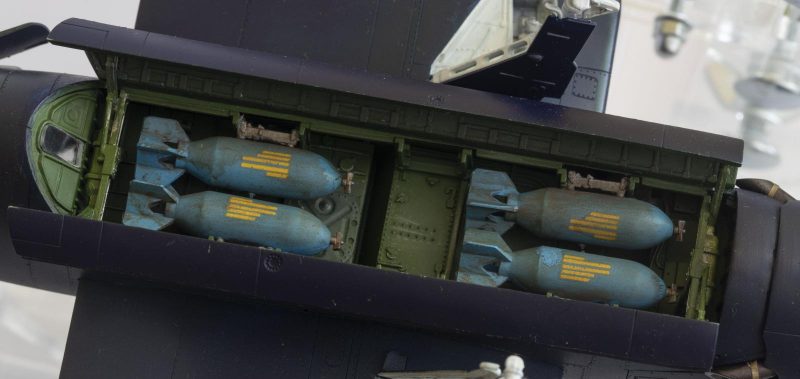

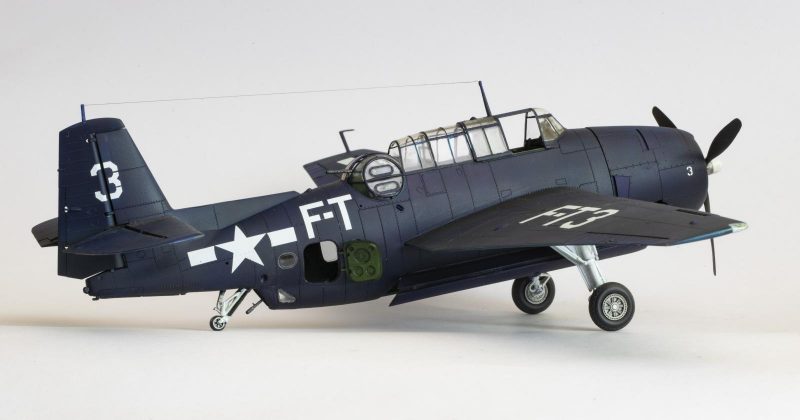
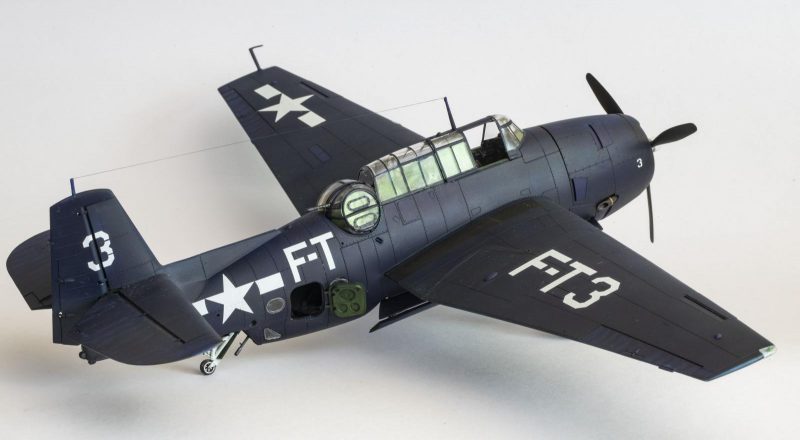

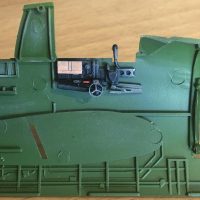
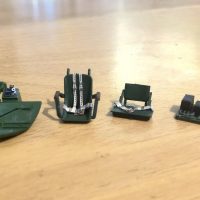
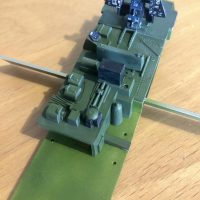
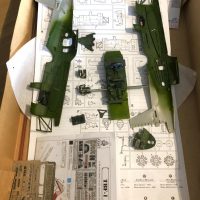
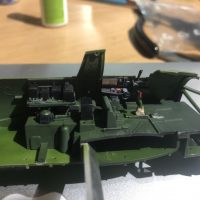

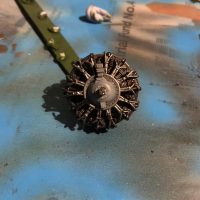
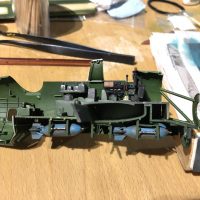
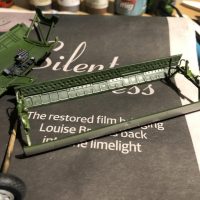
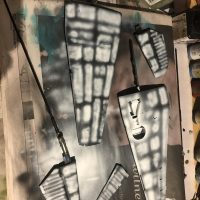

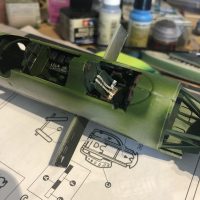
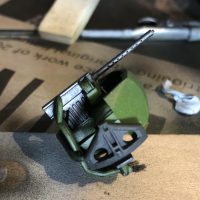
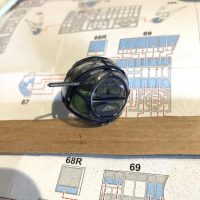
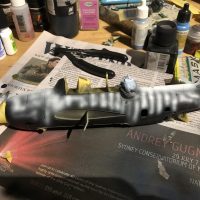
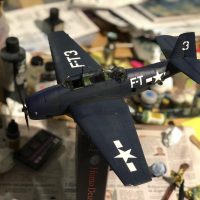

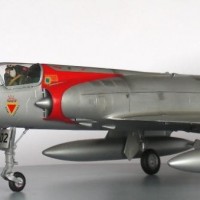
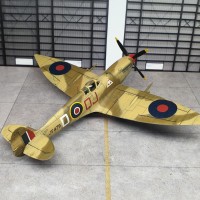
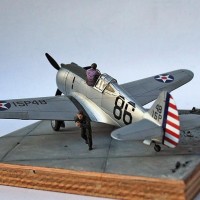
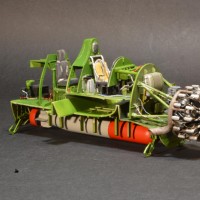
Magnificent! What a feast for all of us here on imodeler and a great tribute to those who went missing that fateful day.
Thanks, Michel!
Wow, really nicely done Paul!
Thank you, James!
An outstanding build! Nicely presented.
Thanks, Robert. It’s been a while
since I posted anything on here - it’s great to hear from you!
Outstanding Paul, the AM/Italeri is still an excellent kit, and you did this very well. Love the dio which adds to the story of the crew members in FT-3.
Thanks, Chuck - I’m pretty sure I’d never have got it to go together without you guys! The turret was ‘interesting’ and the interior on both kits is so busy you think it’ll never stack up. You are absolutely right - nice kits to build. At some
point a Tarpon is on the list - but my backlog is ridiculous - so no new starts, until I’ve cleared some of it!
Beautiful work, Paul. You've made the most of a good kit.
Thank you, Tom. It looked complex, but is a lovely kit to put together.
Nice work, Paul. I have two of those in the stash. This American will be finishing one as a British Pacific Fleet example.
They are really nice kits, John. I got half way through this and bought a second to do as a BPF aircraft! I’m
Sure you’ll really enjoy your builds!
This is a truly amazing build, Paul! I love all your detailing work, as well as the overall painting and weathering, mini diorama included.
Congratulations!
Thanks so much, Spiros! I hoped not to over-weather it. I’d seen photos of fairly faded/matt finishes from
That period so I went for that as opposed to the glossy look. I’m sure both finishes are probably both acceptable depending on the plane in question. I changed some panels and control surfaces a little using AK weathering pencils. They are easy to use and controllable simply by blending between colours using water.
Great job, Paul. Love the feel of the display...smooth and natural!
Outstanding Avenger, Paul. I really like the pre-shading you did and the precision of the detail painting in the cockpit. It might be partly the photography/lighting but I find the tone of the blue in the camo particularly authentic and pleasing to the eye.
BTW, I see from your workbench that you use the Vallejo acrylic metalizers (or at least the Primer). How do you like them? I am using them for the first time and find them pretty good myself.
Thanks so much Colin!
I calibrate my colour temp using an 18% grey card so I’m happy that what comes out of the camera is usually a close enough match to actual colour. MRP is a good approximation I think!
As to the metalizers, I was looking to replace Alclad with something less noxious, but in the end I liked Alclad a little too much to give it up. Just flows through my brush better - and it would take something that showed a huge improvement to make me change. They needed thinning - which is fine - Alclad doesn’t - and they needed a slightly higher pressure to mist nicely - so just less than 20 psi. They certainly do take the stink out of metallic finishes. Just my experience under Australian conditions though, may act differently in other climates!
I really do love the primer!
A beauty Paul - you got some nice patina on that monochrome finish. Great little dio as well.
Hey Greg - thanks so much. Yes I think AK weathering pencils are a very interesting way to build and blend layers. They can be very much thinned and built up and are very easy to use and remove and ‘balance’ if things don’t pan out. This was my first time using them on a build I really wanted to do as well as I could, and while not perfect (what ever is?) I think they have a ton of scope.
Paul, @yellow10
Tonight I just now realized that I have never commented on your Flight 19 Avenger. I am SO sorry that I didn't do this earlier when you first posted it. Only tonight did I finally realize that I have failed to do so. Please accept my apologies mate.
I have looked at your model and these pictures are incredible. I like how you have included the crew, and you even built a small diorama with it. Reading the article again, and looking at the bomb load brought back some memories of our builds. You did a fantastic job with everything.
I grew up in Central Florida, and I have heard this story about Flight 19 all of my life. We lived in Daytona Beach, which is north of Fort Lauderdale by about 150 miles as an educated guess. Florida was buzzing with aircraft from the Navy, and US Army, and the Marine Corps throughout the War. It was used as a training ground because of it's good flying weather, that lasts almost year round.
My Dad worked on several Deep Sea fishing boats in the 1960's and early 70's. He frequently went far offshore into the Atlantic, on fishing trips in what is commonly referred to as "The Triangle". Here's a picture of several charters they had. Dad was the 1st Mate and can be seen in the far left side of the picture wearing dark sun glasses. They always had a photographer take pictures of the guests, crew and the catch if the boat returned in time each day. Dad did this 7 days a week for years, providing the seas were good enough to go offshore. When it was too rough, or too cold, they would go out and do regular fishing without a paying compliment of guests. They worked the boat and caught fish for a living on these days.
1. Dad
2. Dad
Dad told me some stories about how the compass on their boat would start spinning wildly. Several minutes later things would settle down and return to normal. The main things I remember about what he told me about was this area had strange weather. He said the seas could be calm as glass on some days, in certain areas. Then about 30 minutes later, a summertime thunderstorm could brew up suddenly. He told me about the occasional "rogue waves" and how huge these things were. I would NOT want to be in a small fishing boat and encounter something like that.
I have heard some stories that reported these planes to had made landfall and either crashed in the Everglades swamp or possibly in the Okeefenokee swamp in southern Georgia. Truth be told, no one knows for sure where these planes went, myself included.
I commend you on your modelling skills. It was a pleasure building these Avenger kits together with you.
Never any need to apologise Louis - we chatted enough as they were built. Never thought about it for a second. I have suggested that Spiros gives us the next build idea - I hope he’ll suggest something super interesting.